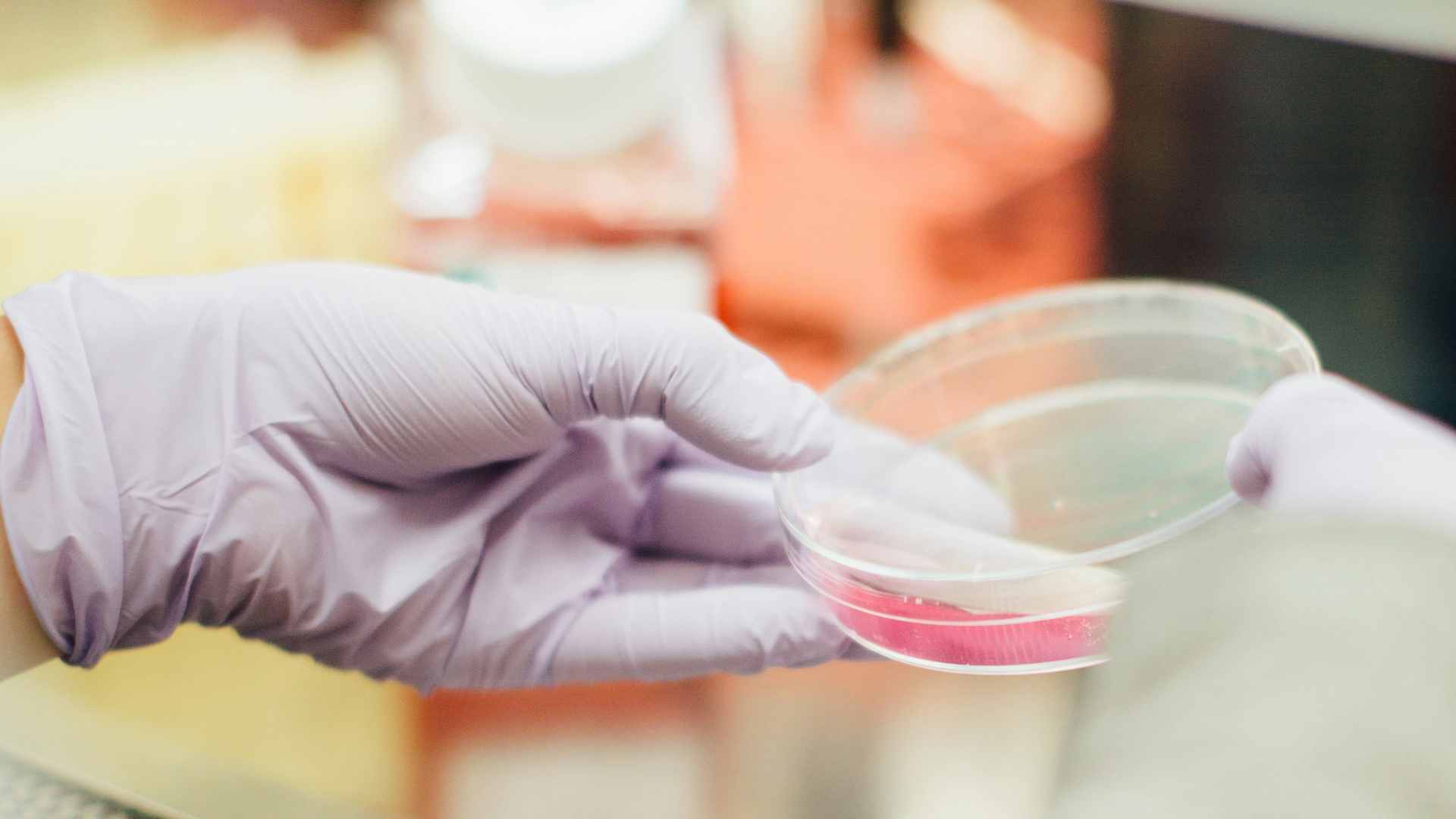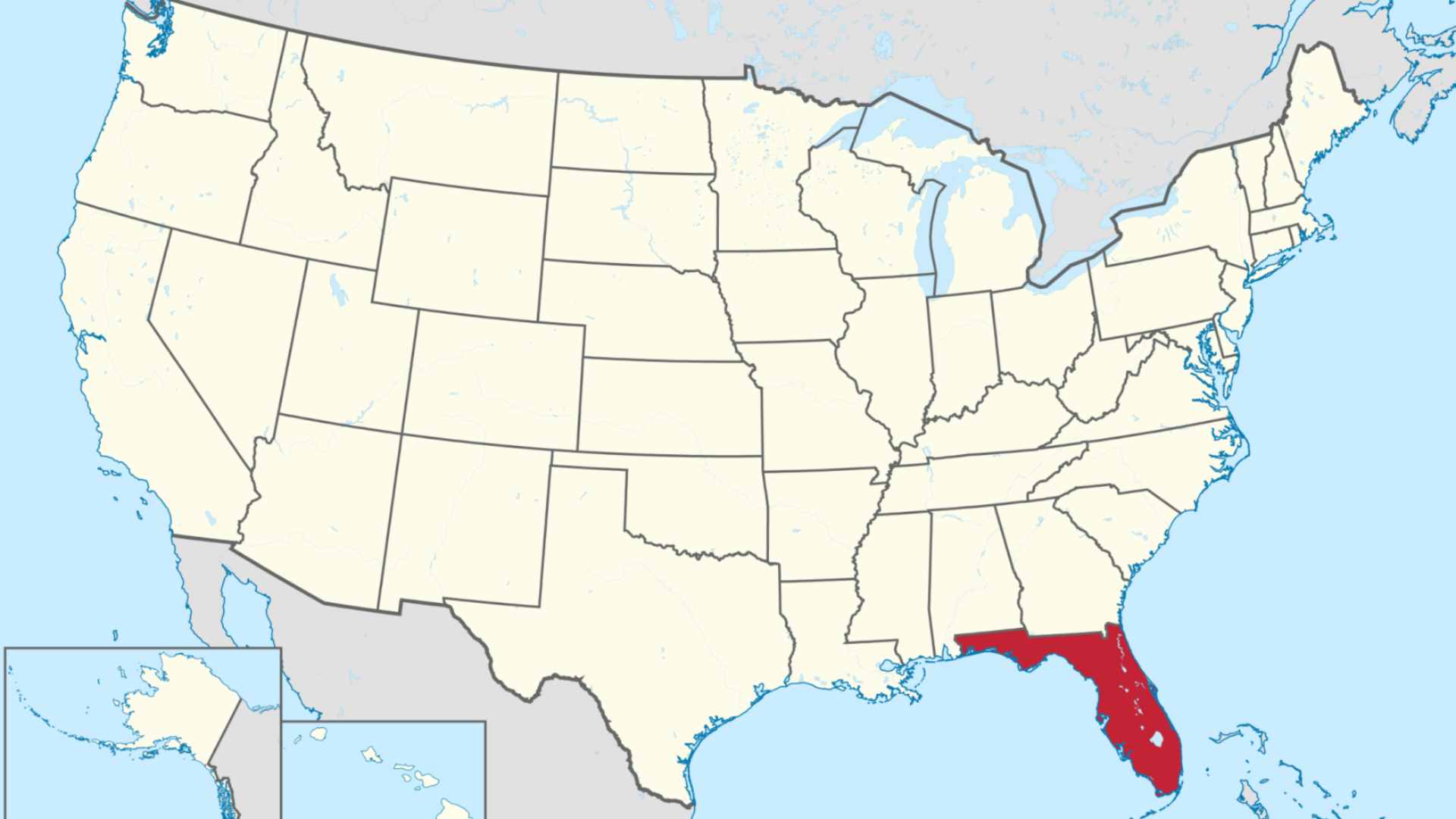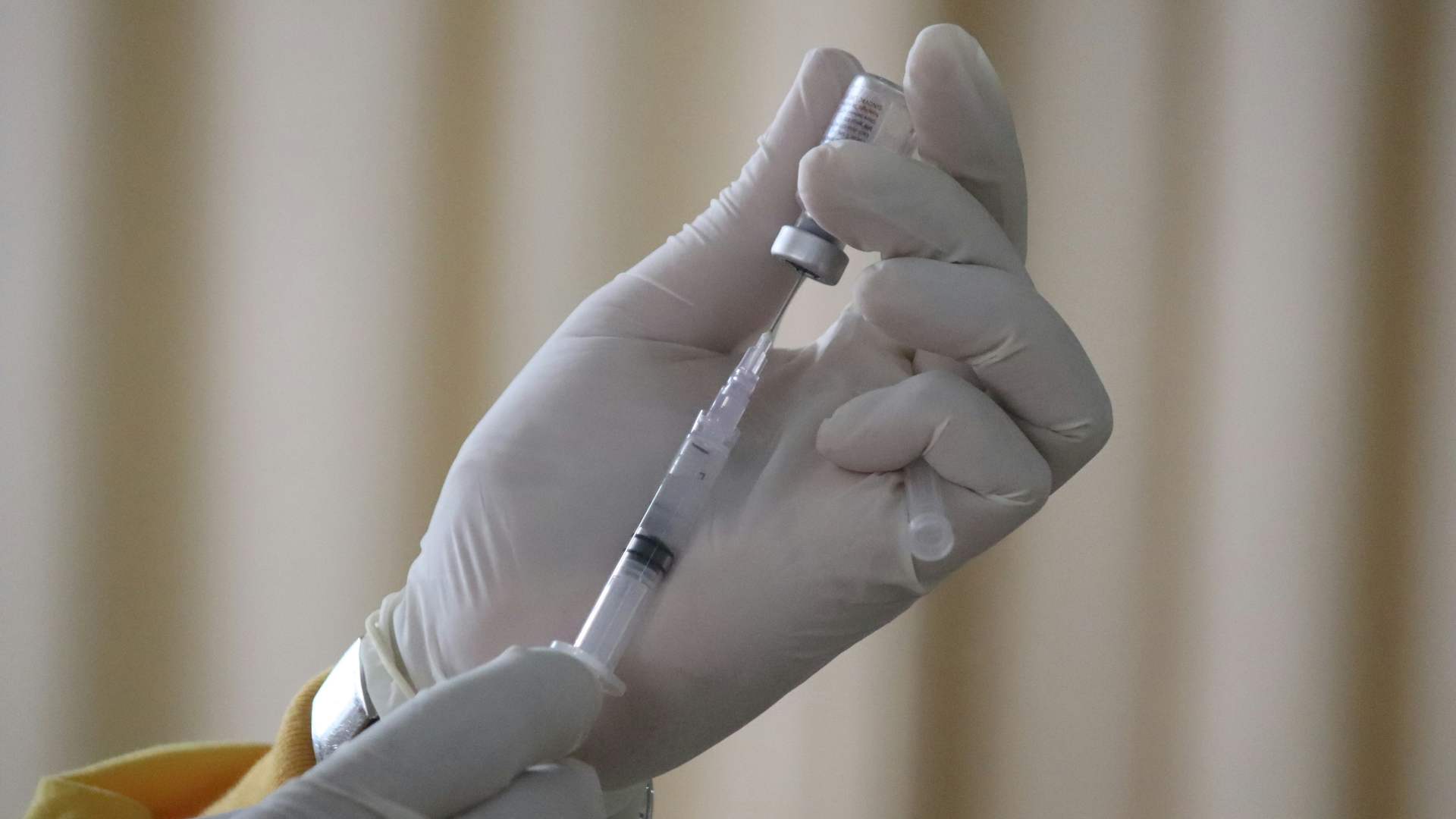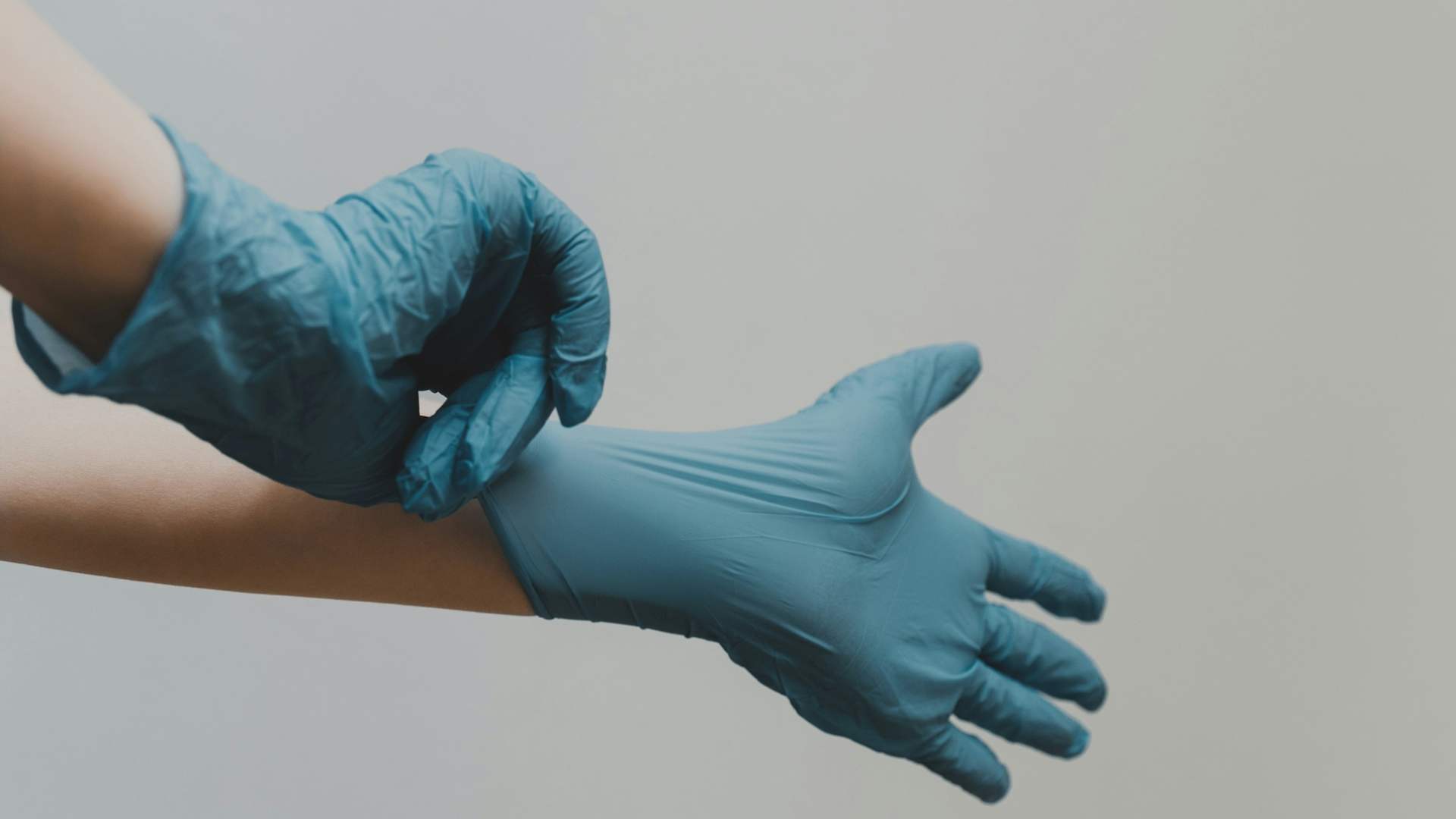When people hear a mention of leprosy, it immediately registers concern. This ancient bacterial disease has been mythologized in some religions and many Americans see it as a thing of the past.
However, some may be surprised to learn that many cases of leprosy are still reported every year, even in the United States. Cases are currently on the rise in some parts of the country, which is concerning to researchers and health professionals.
Leprosy Cases

According to the World Health Organization, nearly 200,000 cases of leprosy are reported in nearly 120 different countries every year. Experts hope to reduce its prevalence to less than 1 per 10,000, which has been accomplished in some countries but not others.
In the United States, this disease is more common in the Southeast region of the country. It is commonly contracted in humans from contact with an infected animal, however, a new surge of outbreaks in this area is concerning experts because of the abnormal circumstances.
Outbreak of Cases

Researchers are finding a recent spike in leprosy cases unusual. In the South of America, particularly in Florida, people contract it from contact with the soil. Armadillos can spread bacteria that they spread into the soil by burrowing and defecating. 15% to 20% of Aramadillas are estimated to be carrying the bacteria.
Evidence suggests that an increasing number of people in Florida are contracting the disease outside normal transmission routes. This is leading researchers to think the disease is becoming endemic to the area.
What is Leprosy?

Leprosy is another term for the condition known as Hansen’s disease. This disease is caused primarily by a bacterium called Mycobacterium leprae, but there are other bacteria that can cause it as well.
Someone who contracts this disease will commonly experience skin lesions that can turn numb and are colored red or pale. It is one of the world’s oldest known diseases and was written about in texts like the Christian Bible and in ancient Greece and Rome.
How Dangerous is Leprosy?

The disease itself can be dangerous in some ways and not dangerous in others. The disease has a cure and can be treated if proper medical care is given to an infected person.
However, what makes it dangerous is that it is so rare that people are often not on the lookout for symptoms. This can slow the diagnosis process, leading to a progression of the disease that can attack the peripheral nervous system, the brain, and the spinal cord.
More Research is Needed

Norman Beatty, an assistant professor at the University of Florida College of Medicine, is working to figure out what is causing a recent rise in leprosy cases that are giving medical experts pause.
“We need a better understanding of who’s at risk of leprosy in Florida. That’s why we have a team here at the University of Florida, which is in collaboration with several other universities, ready to dive into these questions,” Beatty said.
Treatment Can Be Tricky

Although leprosy is treated with antibiotics, medical experts need to be sure to use the right kind. Nicole Iovine M.D. is a clinical professor at the University of Florida College of Medicine. She remarked how easy it is to misdiagnose leprosy.
“Sometimes a patient will come in who tested negative for Lyme disease but was given antibiotics anyway. They’re the wrong kind of antibiotics for treating leprosy, so the lesions continued to get worse,” Iovine said.
Past Stigma

The disease of leprosy has an old history that extends back thousands of years. In ancient times, cultures around the world would often associate the disease with a form of divine punishment.
As visible skin lesions developed and people started to suffer from the disease, the public thought that leprosy was highly contagious. “Lepers” were often forced to live in communities of their own kind and were forced to be seperate from non-infected individuals. Infected people sometimes view the disease as a type of “living death” because of this social isolation. This stigma somewhat weighs on people to this day.
Catching the Disease

There is evidence to suggest that a person’s genetics may play a role in the capacity to contract the disease. However, there is still much research to be done to understand the disease and its progression.
Someone should be vigilant about unusual skin lesions they contract, especially if they live in high-risk areas to avoid developing leprosy.
Long Incubation Period

Leprosy is a tricky disease in many ways. One of those ways is its incubation period. An incubation period is the amount of time that it takes for someone to develop symptoms of a disease.
Since having symptoms is an important part of the diagnostic process leprosy can be hard to diagnose, even by professionals. Leprosy can have an incubation period of up to 20 years in some cases.
Preventative Measures

Researchers are hard at work trying to advance technology to eradicate the disease. The World Health Organization offers drug therapy free to patients with leprosy.
There is also research looking into developing a vaccine that could prevent the proliferation of bacteria and stop the spreading of nerve damage. The elimination of the disease is a widely held health goal by medical professionals and organizations across the world.
Taking the Disease Seriously

Medical experts and researchers are hoping that people will start to take the threat posed by the disease seriously by reporting suspected cases immediately.
If cases continue to go under the radar, then the disease is given free rein to proliferate without restraint. While a lot of progress has been made with advances in medical science, it is important to not let up on the struggle and allow the disease to get a foothold.
